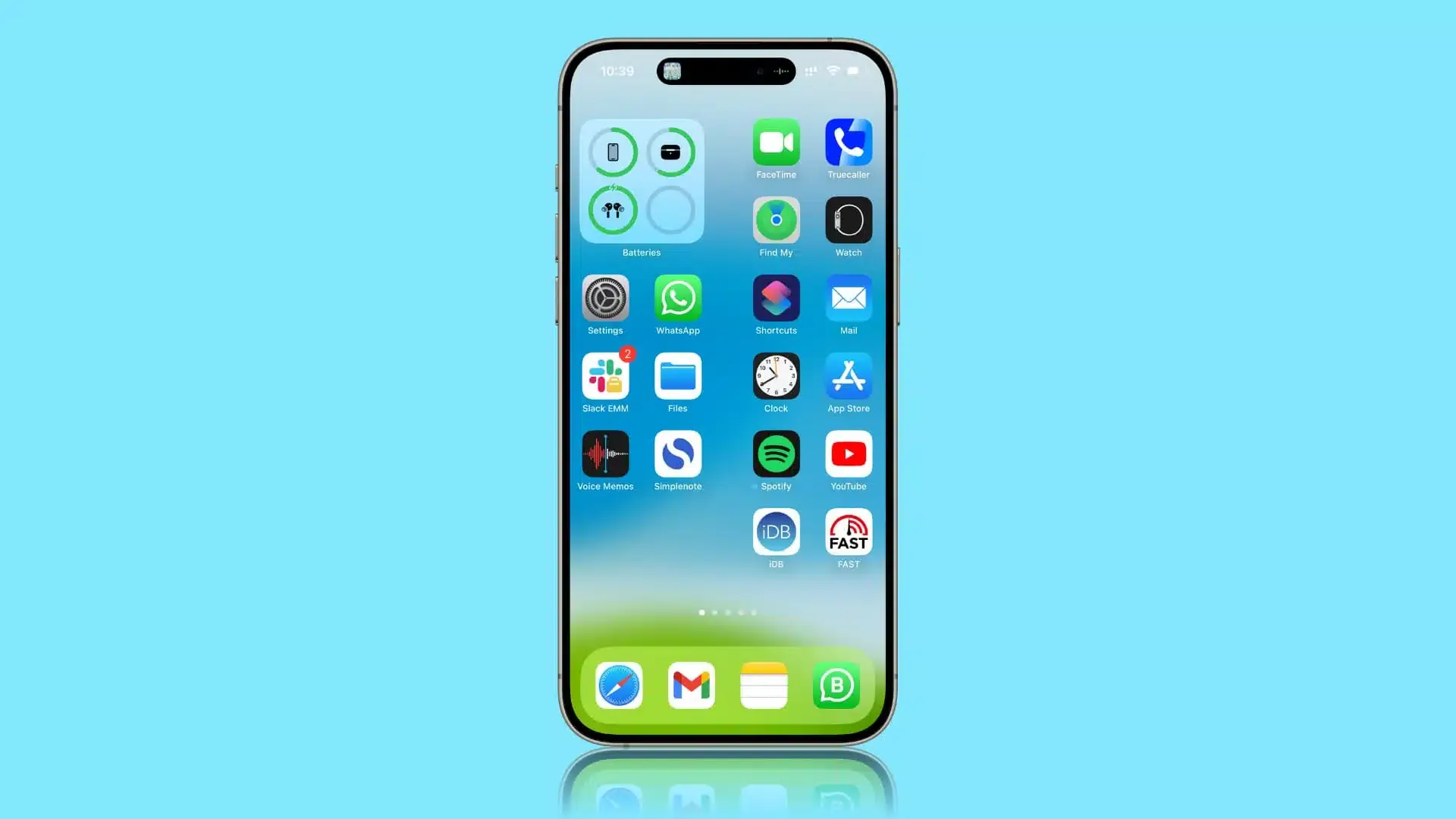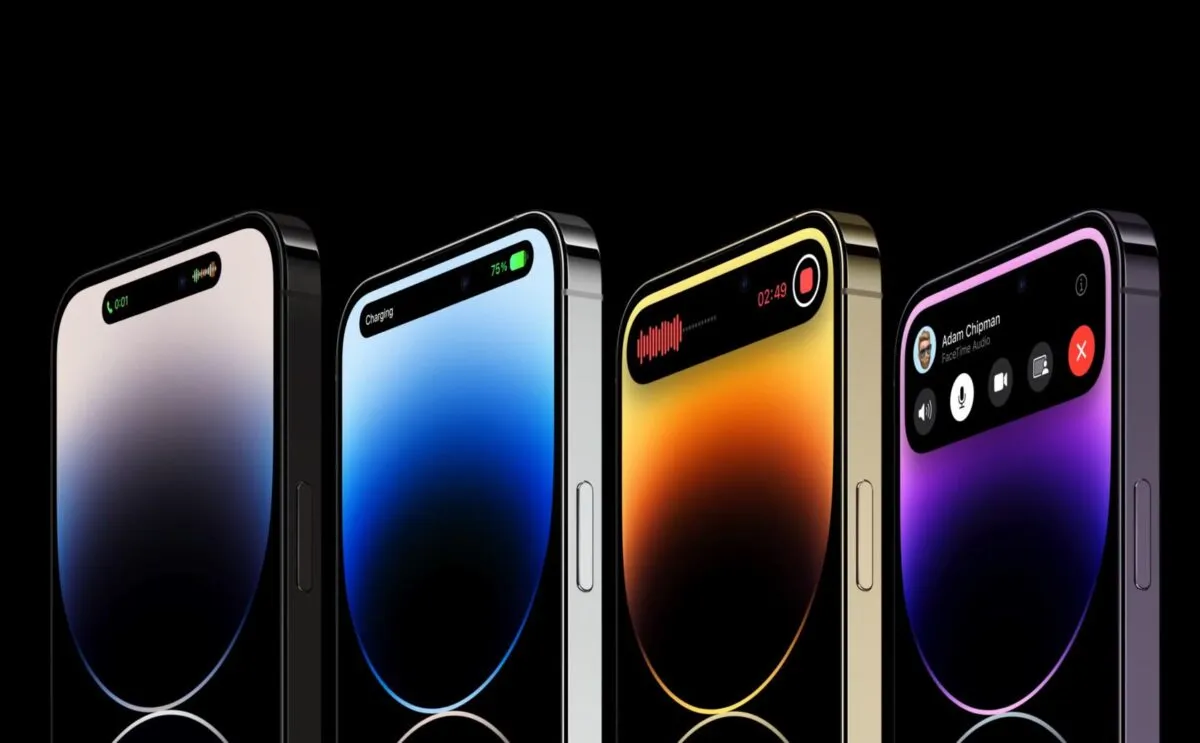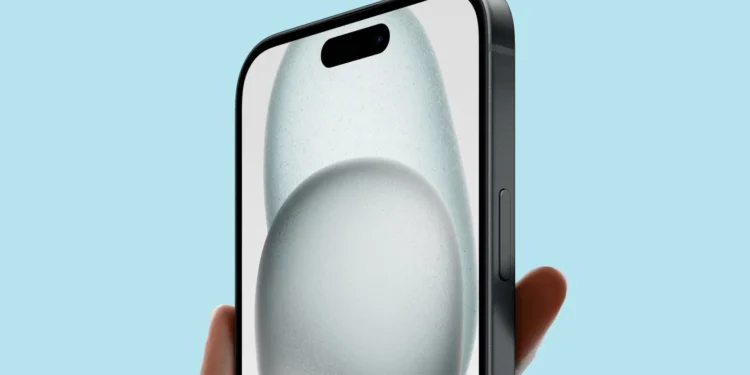In an industry where precision and perfection are paramount, Apple’s recent experiences with display supplier BOE have underscored the challenges of maintaining quality at scale. Sources from Korea reveal that Apple is contemplating a significant shift in its supply chain, moving away from BOE due to persistent quality issues with its OLED panels designated for upcoming iPhone models. This development could see Samsung Display and LG Display becoming primary beneficiaries as Apple seeks to preserve the impeccable standards it’s known for.

A Pattern of Problems
The relationship between Apple and BOE has been fraught with complications. Despite being a key player in the tech giant’s supply chain, BOE has struggled to fulfill its commitments, delivering only 7-8 million LTPS AMOLED displays against an expected order of approximately 40 million units since early 2024. These displays were intended for iPhone models 14 through 16, yet they have consistently fallen short of Apple’s stringent quality benchmarks.
Industry insiders indicate that resolving these issues might take upwards of six weeks—a delay that Apple seems unwilling to endure without exploring other options. The scenario is particularly pressing as the company aims to uphold product quality without jeopardizing its launch schedules.
Samsung and LG: Stepping Up to the Plate
As BOE scrambles to rectify its production woes, eyes are turning towards Samsung Display and LG Display. Samsung, in particular, is well-positioned to absorb the majority of Apple’s redirected orders. Unlike LG Display, which primarily focuses on LTPO AMOLED displays for the more premium iPhone “Pro” models, Samsung has the capacity and technological prowess to meet the broad spectrum of Apple’s requirements.

This shift is not just about meeting immediate needs but also about strategic alignment. Apple’s potential pivot to Samsung and LG for its standard iPhone models could redefine its supply chain dynamics, influencing future collaborations and technological innovations within the smartphone industry.
The Broader Implications
For Apple, maintaining supply chain agility is crucial, especially as it navigates the intricate landscape of global tech manufacturing. The decision to potentially move away from BOE highlights the challenges tech companies face in balancing cost, quality, and timely delivery. It also raises questions about the long-term viability of suppliers who cannot meet Apple’s high standards.
As we watch how this situation unfolds, the implications for the OLED display market and for consumers eagerly awaiting the next generation of iPhones are profound. Apple’s commitment to quality remains unwavering, and its supplier decisions will likely resonate throughout the industry, influencing future partnerships and product strategies.

In conclusion, Apple’s ongoing saga with BOE serves as a critical reminder of the pressures and challenges in the tech world’s upper echelons. As the company looks towards alternatives like Samsung and LG, the tech community and consumers alike are keen to see how these changes will enhance the next wave of iPhone innovations, ensuring that Apple continues to deliver the excellence that users expect.










